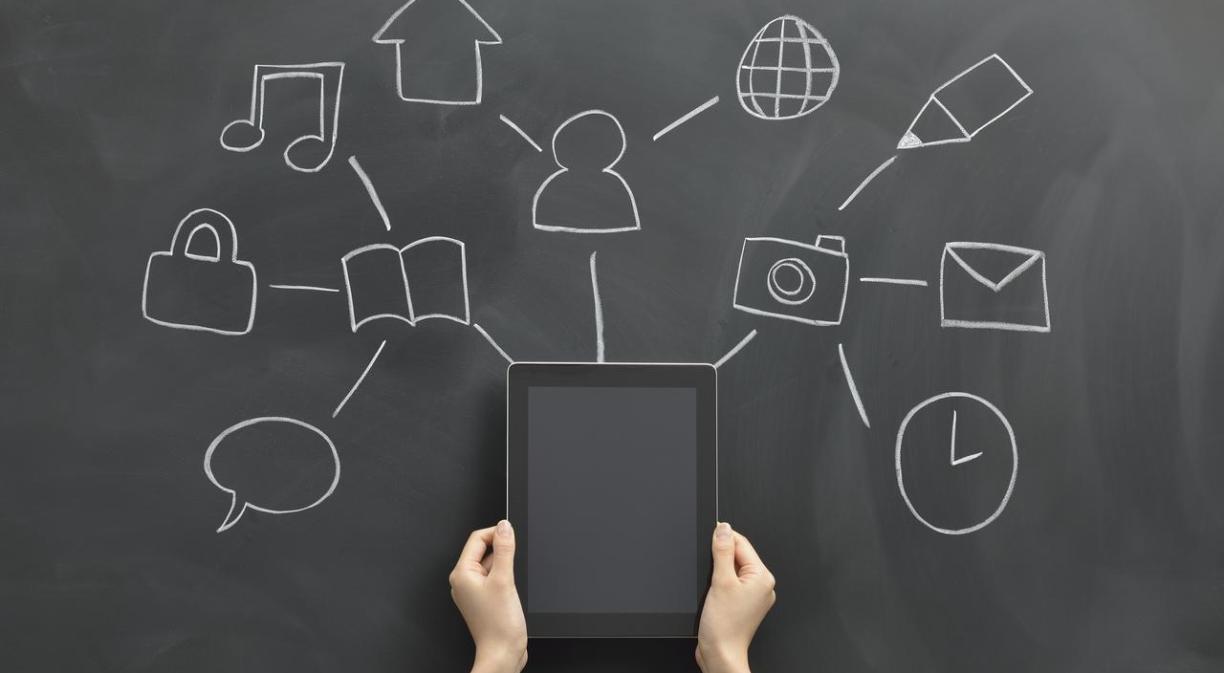The 2020 pandemic has had a strong impact as an accelerator of digital transformation, as well as the adoption of new production and relationship habits between people thanks to connectivity. Within a few months, companies of all kinds, public and private, have had to respond to an unprecedented crisis. An acceleration that many experts put at the equivalent of a five-year leap.
Technology has become a key element of economic recovery, supporting disruptive innovation and all the new connected devices and services, such as process automation or remote working, that are having a major impact on different sectors and areas of society.
What Is a Disruptive Technology?
A technology is considered to be disruptive if it succeeds in bringing about a major change in the processes and mechanisms that preceded its emergence, as well as a change in user behaviour.
A disruptive technology offers a new tool that has the enormous capacity to completely change people’s lives, and when such a technology emerges, it can create a new market with its own values and risks.
These innovations are implemented in areas with established patterns and succeed in changing the management of organisations and the way they respond to user demands, eventually replacing the previous technologies altogether.
Harvard professor Clayton Christensen introduced the term disruptive technology in his article “Disruptive Technologies: Catching the Wave” published in 1995. However, it was not until 1997, in his best-selling book “The Innovator’s Dilemma”, that he really explored the disruptive innovation theory.
For Christensen, disruption starts with innovation that addresses the concerns of an unsophisticated group of consumers, or takes into account certain characteristics that only a few appreciate.
What Are the Characteristics of Disruptive Innovation?
Something disruptive is something that breaks or bursts abruptly. In the case of disruptive technologies, they are also characterised by their simplicity, accessibility and affordability, and they coexist with previous technologies for a time before eventually replacing them completely.
In many cases, the design and development of these new tools and services starts in an innovation department or a start-up, they are brought to market, and their use becomes widespread, ultimately creating a new business model. But until it is fully implemented, companies and users have to go through a period of adaptation. Meanwhile, the process of creating disruptive technologies often leads to new businesses, such as the iPhone, launched by technology company Apple in 2007, which revolutionised the use of the internet on mobile phones.
And while not all innovations are ultimately successful, they do force the market to try to improve its products and services, and force companies to focus on developing innovative strategies, which has a positive impact on users. In this context, there are companies that adapt smoothly to disruptive technologies and others that are forced by technology to change.
Disruptive Technology Benefits
The benefits of these innovations include the development of new business models and the ability to reach previously inaccessible markets, turning disruption into opportunity.
Embracing disruptive technologies saves companies money by allowing them to enter the market with cheaper products and services, such as robotics and process automation, because they help increase productivity by moving away from strategies and structures that are outdated and inflexible to the needs of an ever-changing global marketplace.
They also allow companies to find niches in the market where they can respond to needs that other companies are not able to meet, to create new business models for doing so, and to quickly identify areas where it is possible or necessary to improve.
Disruptive Innovation Applications and Examples
Currently, one of the most disruptive technologies, and one of the most advanced and prominent, is AI. It solves problems through computation, just as a human would, and its applications span all sectors, as it can automate and help optimise processes such as traffic management or data collection through chatbots. Robots, autonomous cars, smart cities and personal assistants are already using its many applications.
Another technology that has become popular following cryptocurrencies is called Blockchain . Experts believe that Blockchain will transform many sectors such as finance, collecting and crypto art, smart contracts and cybersecurity, as well as online commerce, as it is a highly reliable and secure system for recording transactions and tracking assets.
One of the disruptive technologies of the moment is Big Data, which is capable of collecting and analysing large amounts of data. Data is one of the great treasures of Industry (and Society 4.0), the result of connectivity and the development of other tools such as the Internet of Things (IoT). In the industrial sector, mass data analysis helps to reduce costs and save time, improving processes and eliminating errors, thanks to real-time information that enables quick decisions at critical moments. It is particularly used for trending and predictive maintenance of machinery.
Cloud Computing is another example of disruption and connectivity. Above all, cloud services bring flexibility and security to businesses, supporting new aspects such as hybrid and remote working models. It has helped organisations to rapidly modernise their IT applications, enabling them, among other things, to scale their infrastructures at a lower cost and increase the agility of their management: data storage, backup and total information accessibility.
All of this has been possible thanks to the deployment of the 5G network, which is capable of supporting today’s connectivity needs: download speeds up to 100 times faster than the 4G network, latency of no more than 4 milliseconds, and the global capacity to connect thousands of devices simultaneously in a very small space.
